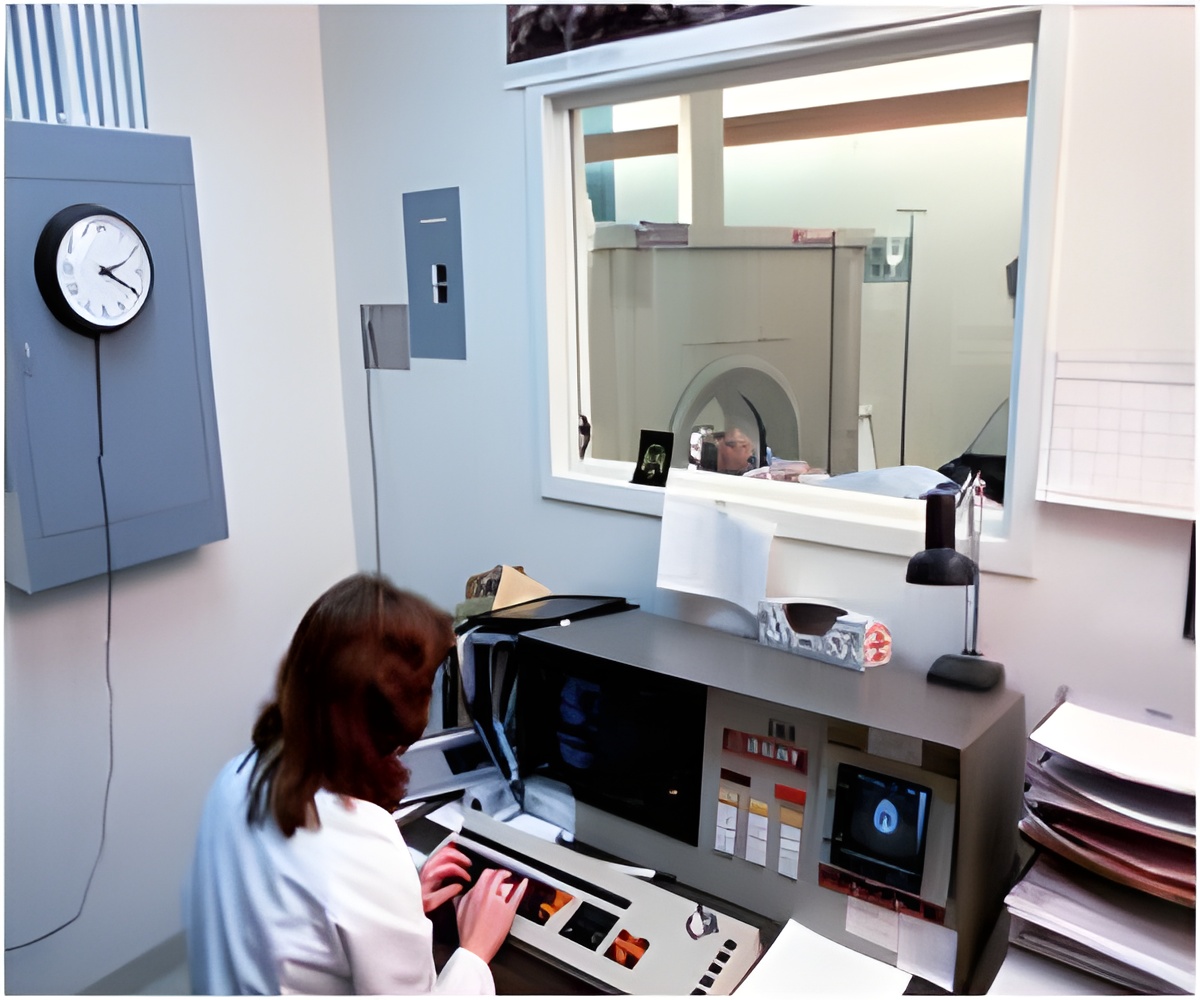
‘Since cancers can express a range of receptors, development of additional antagonists may further expand theranostic options.’
Tweet it Now
In contrast to NETs, non-NET tumors, such as breast cancers or renal
cell cancers, are not routinely imaged with current somatostatin
subtype 2 receptor (sst2) agonist radiotracers (which fully activate the
receptor to which they bind and are subsequently internalized). This
may change with sst2 antagonist tracers (which bind to the receptor but
do not activate it and are not internalized). There is recent in vitro
and in vivo evidence that somatostatin receptor sst2 antagonists could
be even better tools to target NETs than sst2 agonists, as antagonists
bind to a greater number of sst2 sites than agonists."The present report is the first quantitative study showing that the number of sst2 receptors that can be targeted in non-NET tumors (such as renal cell cancers or breast tumors) with a radiolabeled somatostatin antagonist can be as high as the number of somatostatin receptors being targeted in NETs with an established agonist," explains Jean Claude Reubi, Institute of Pathology, University of Berne in Switzerland. "In other words, we can expect that non-NET tumors, which were not considered a routine indication for sst2 imaging using agonists, may now be targeted in vivo successfully with sst2 antagonists."
In this study, the researchers compared quantitatively iodine-125 (I-125)-JR11 sst2 antagonist binding in vitro with that of the sst2 agonist I-125-Tyr3-octreotide in a variety of cancers, including prostate, breast, colon, kidney, thyroid and lymphoid tissues. NETs were included as a reference.
The researchers report that 12 of 13 breast cancers, all 12 renal cell carcinomas, and all five medullary thyroid cancers demonstrated high binding of the antagonist. In contract, the agonist exhibited low binding in the majority of cases. In 15 non-Hodgkin lymphomas, many more sst2 sites were also labeled with the antagonist than with the agonist.
Other types of cancer tested were not as responsive. In 14 prostate cancers, none had sst2 binding with the agonist, and only 4 had a weak binding with the antagonist. None of 17 colon cancers show sst2 sites with the agonist and only 3 cases are weakly positive with the antagonist.
Advertisement
Reubi points out, "The in vitro method used in the study, somatostatin receptor autoradiography, has been shown in the past two-to-three decades to be highly predictive for the in vivo application in patients. Therefore, with the tools (sst2 antagonists) and the expertise (sst2-targeting in cancer patients) available in several clinics, one can assume that these new indications (renal cell cancers, breast tumors, etc.) can be imaged in the near future in patients."
Advertisement
Source-Eurekalert








